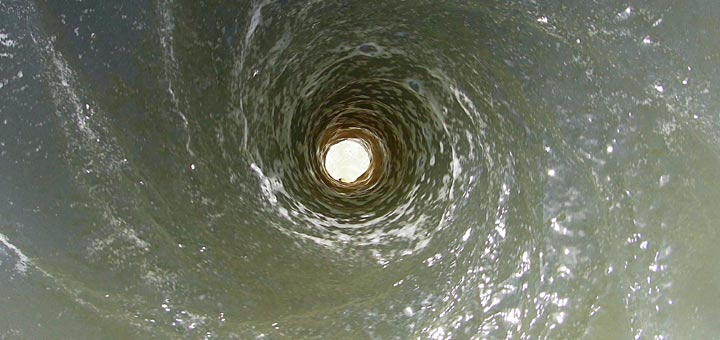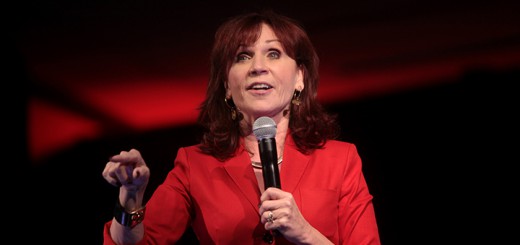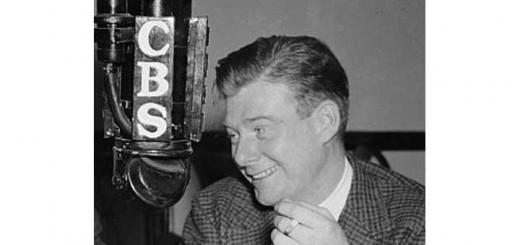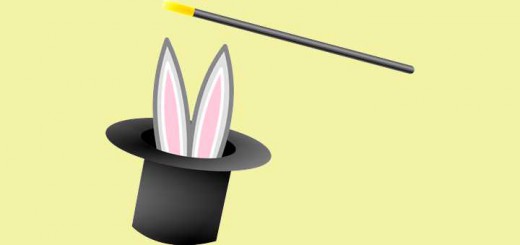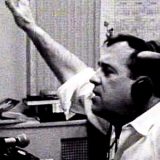Round And Round We Go
Some public radio stations have pulled together a working committee and that committee has developed a draft specification for the standardized measurement of podcast downloads. The next sound you hear is my jaw hitting the table.
I thought, or at least I hoped, that we were beyond this. As I’ve written previously, downloads are about the most meaningless measure in the podcasting universe. I am truly sorry so many talented and sincere people spent their time solving a problem that can wait to be solved, instead of focusing on a problem whose time for a solution has come.
Is Anybody Listening?
I understand the reasoning behind the committee’s work. I do.
There is no standard method of listening to podcasts. Unlike YouTube, for example, there is no single platform. As producers, the only thing we can know for sure is that the podcast left our servers. So, that’s what we measure.
Unfortunately, that’s somewhat self-centered. Sponsors want to know whether their ads in a podcast will move the needle, as they say. Will they result in an action on the part of the audience? Before the needle so much as twitches, people have to listen to the podcast.
Downloads don’t equal listening. Not by a long shot.
When a listener subscribes to your podcast, most podcasting apps will download your next episode when it becomes available. Check iTunes or your podcast app. How many un-listened to episodes of podcasts are lurking there? And, if you have some listened-to episodes, have you listened to all of them? Half? A quarter? (Previous research has shown a sharp fall off in listenership around the seventh minute of a podcast independent of its actual running time.)
Downloads don’t help a sponsor determine the the best advertising buy, even though one of the objectives of the working group was helping advertisers make such decisions.
Dear Public Radio, Please Consider This
Public radio can lead the way in defining an open-source standard for podcast players so they report uniform listening data:
- start and stop times for podcasts, using code embedded in the podcast;
- an anonymous listener ID;
- information on the operating system and device in which the player lives.
We could get more sophisticated, but that’s all we need to start.
Ideally, the player would send this data to an independent third-party for analysis. But to get things rolling, let’s say the data is sent back to the podcaster. She uses another standard program to massage the data and produce a second-by-second report of listenership, as well as cross-referenced demographic data.
Sound Familiar?
It’s what YouTube does for videos. It can do it because it requires that all videos play on its platform. This is no different, except the platform would be open source. Now, if you combine this data with the data generated by the current working committee’s suggestions, podcasters would be in a position to say that out of the total downloads, some percentage of them resulted in listening. Of those, this percentage of listeners who listened to the show listened for so many minutes and so forth. Since sponsors would know where their spots fell in the show, they’d have a more reliable measure of the reach of their advertising.
That’s actionable data.
And there’s no reason why it can’t be done. YouTube demonstrated that. It only requires a working committee, like the one assembled by public radio, to focus on the listening patterns rather than the download straw man.
Then we can finally flush this download silliness down the drain.

